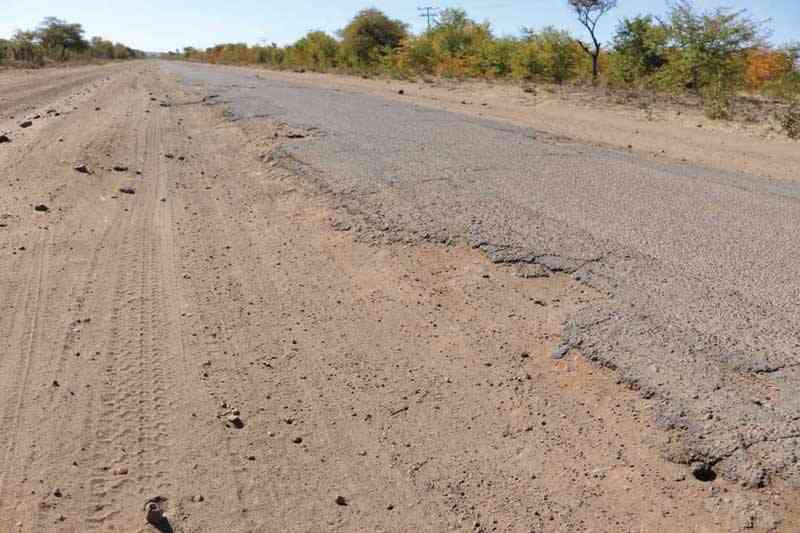
With developing countries aspiring for growth, there is certainty that carbon emissions are likely to increase, thus low carbon development initiatives should be properly and appropriately communicated, so that people know what practices are expected of them.
By Peter Makwanya
In development paradigms, developing countries aspire for middle-income status within a defined period.
But for any country to attain a middle income status, which will be anchored on a sound economic base, industrialisation, technological development, clean energy development, sustainable environment and life-long learning, strategic communication is paramount.
It is the duty of the authorities in these countries to make information available to their citizens, and this information should be designed to improve the people’s lives and their environment.
What does a low carbon climate initiative entail?
It is there to foster initiatives and innovations that address and manage effects of climate change in order to promote sustainable development.
As concerned and climate conscious governments seek to work on the low-carbon resilient mechanisms, these should be communicated and strongly anchored within the frameworks of Sustainable Development Goals (SDGs).
- Chamisa under fire over US$120K donation
- Mavhunga puts DeMbare into Chibuku quarterfinals
- Pension funds bet on Cabora Bassa oilfields
- Councils defy govt fire tender directive
Keep Reading
Major concerns have been raised about developing countries’ capacity to respect environmental concerns because of the amount of work they have to do to attain middle income status.
As developing countries attempt to map their development initiatives and pathways, they should deal with obstacles and climate barriers they face.
These include ballooning populations, underperforming economies, greenhouse gas emissions and the growth of their carbon footprints.
Competition for scarce resources in the form of water and arable and grazing land is also another barrier that has contributed to small-scale conflicts and degradation of the environment.
Lack of knowledge and ignorance have also contributed to abuse of citizens regarding their land and forest rights, community participation and shared ownership schemes.
It is important for authorities to communicate and make their visions clear, so that they empower their citizens to plan for the future risks and challenges.
No country can prosper with growing carbon footprints.
There have to be concerted efforts to reduce carbon emissions and a halting of the destruction of natural resources.
Sustainable communication practices, fundamental in this regard, need to be harnessed, in symbiotic and complementary ways, channelled from the following pillars of sustainable development: the governments, private sector, civil and ecumenical perspectives, gender, environmental communities of practices and schools.
It is important that no one should be left behind.
If the governments of developing countries take issues of climate change seriously, then, low-carbon climate resilient initiatives will be achieved.
In this regard, it is the government’s duty to lead by example through regulating, planning, training, educating, policing, rehabilitating and unifying.
Locally-driven adaptation programmes are the best initiatives in seeking low-carbon climate emissions.
There should be concerted efforts to streamline low carbon initiatives across all sectors so that everyone participates in programmes that limit greenhouse gas emissions, deal with waste disposal — including e-waste — lowering power production costs through clean methods and through, safe-guarding natural ecosystems.
Engaging in internally driven adaptation programmes does not mean that international climate funding is not required, but developing countries ought to take the lead in initiating their own programmes.
If they take the lead, international sponsors can then release funding, train locals in disaster risk reduction, weather interpretation and early-warning systems, improved agricultural practices, implementation of indigenous knowledge systems (IKS) frameworks and training for climate literacy and awareness.
The primary objective and overall aim will be to help in restoring and safeguarding their natural resources base such as infrastructure development that would help promote investment.
Peter Makwanya is a climate change communicator. He writes in his capacity and can be contacted on: [email protected]











